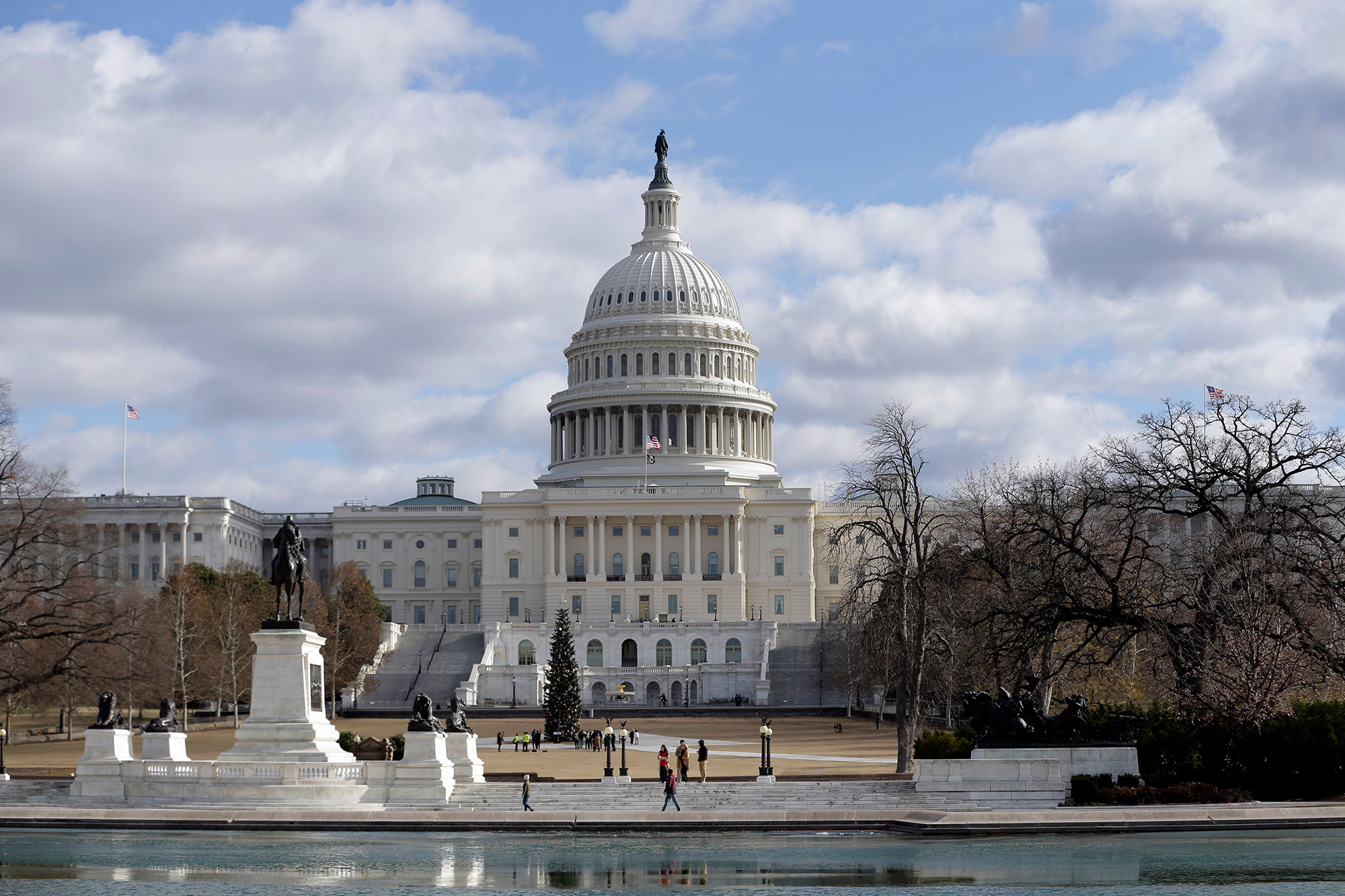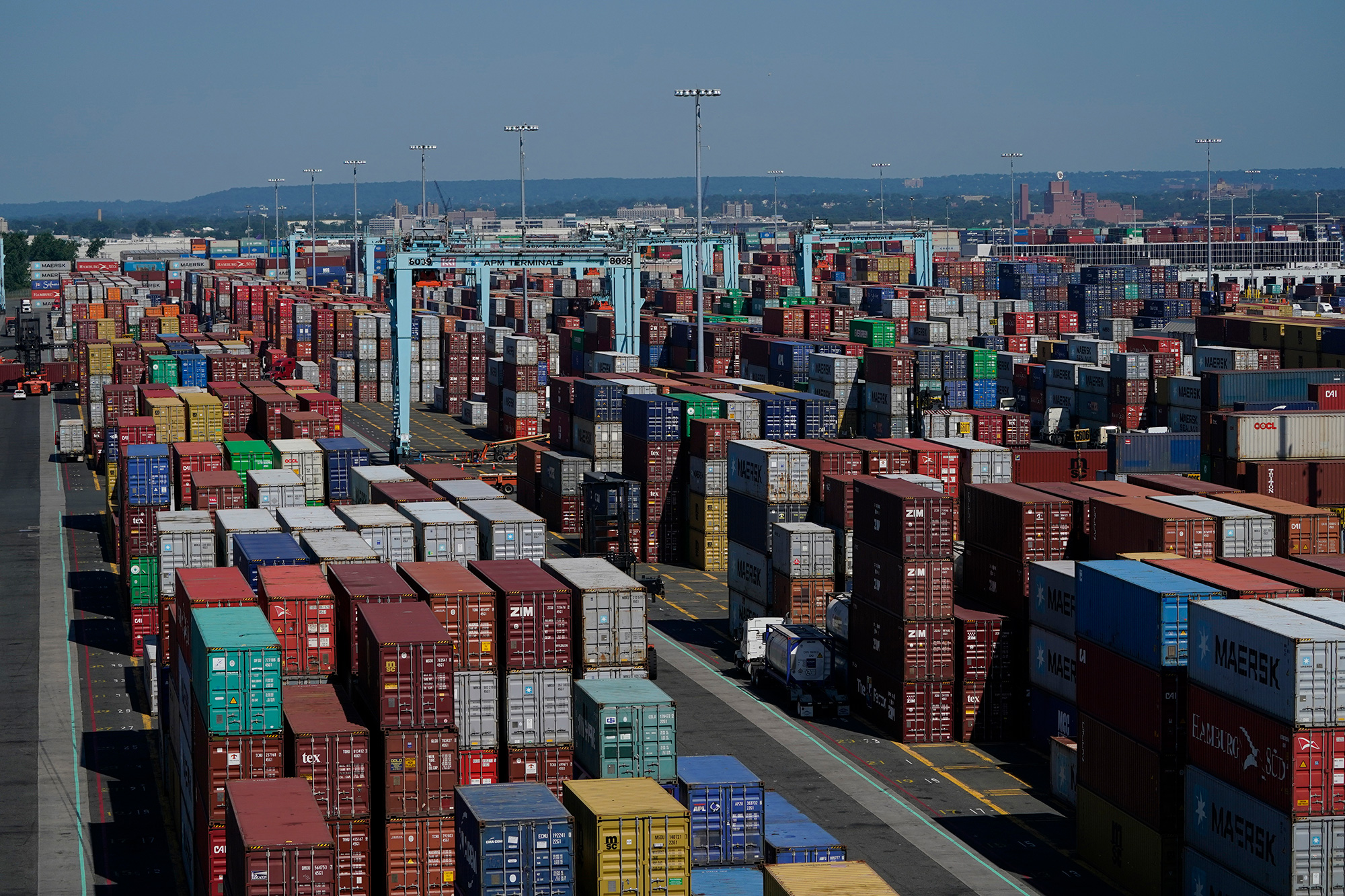The U.S. just added $1 trillion to its debt in record time. The shutdown may end soon, but America’s fiscal freefall won’t.
Just a couple of months ago, No Labels wrote an article about the eye-popping $37 trillion national debt.
That article is already out of date.
Just a few weeks later, the U.S. has already racked up another trillion dollars in debt, bringing our total to $38 trillion. That’s the fastest $1 trillion increase in American history.
To put it in perspective, the entire national debt didn’t reach $1 trillion until 1981 – about 200 years after the Constitution was ratified. We’ve now added that much debt in under two months.
The Fastest Trillion Ever
How did this happen so fast?
According to the Peter G. Peterson Foundation, some of the surge can be traced to the ongoing government shutdown, which has dragged on the economy and delayed some revenue collection.
But what’s even more alarming is that most of the increase has ordinary causes: the government routinely spends more than it takes in through taxes, and the interest payments on the money Washington borrows to make up the difference are climbing higher.
The shutdown might end soon. The debt spiral is only picking up speed.
Two-thirds of the national debt – $26 trillion – has been added in just the last 15 years. It used to take years to add another trillion to the debt; now, Washington hardly thinks twice about it.

How We Got Here
The debt didn’t all come from pandemic spending. It’s structural. Trillion-dollar deficits – once unthinkable – have become the new normal.
The federal government spent $6.8 trillion in 2024 while bringing in only $4.9 trillion in revenue, resulting in an annual deficit of $1.8 trillion. That’s $1.8 trillion added to the national debt.
For context, before 2020, the U.S. had only run a trillion-dollar deficit in the aftermath of the Great Recession. Now, it happens every single year.
This chart by No Labels puts it into perspective. The bar on the left is how much Washington spent in 2024 and where it went; the bar on the right is how much it raised and where all that money came from. The shortfall is the deficit; the amount the government had to borrow, adding to the national debt.

The Spending Surge That Never Ended
Before Covid, Washington’s annual spending averaged around $4 trillion. Then came the emergency relief packages: the CARES Act, the American Rescue Plan, the stimulus checks, the PPP loans.
Spending shot up to nearly $7 trillion in 2021.
You might think this new spending is a legacy of Covid-era spending programs; and part of it is. In fact, Democrats are demanding that Covid-era healthcare subsidies be permanently extended to end the current government shutdown.
However, the biggest drivers of increased spending since the pandemic are actually the biggest drivers we had before the pandemic: Social Security, Medicare and Medicaid, and interest payments on the debt.
This chart shows the average spending levels of the five years before and after the pandemic. The new permanent baseline is clear:

Adjusted for inflation, Washington spent $1.3 trillion more in 2024 than in 2019. Even after accounting for population growth, spending per person is up about 20% in real terms.
The crisis ended, but Washington’s spending habits didn’t.
Where the Money Goes
Look at the increase in federal spending, and most of it comes from programs that Congress doesn’t even vote on each year.
These are called “mandatory programs” – things like Social Security, Medicare, and Medicaid that are written into law and pay out automatically based on eligibility. The money flows automatically unless Congress goes out of their way to change the laws.
Then there’s interest on the debt, which isn’t optional either. When Washington borrows to cover its deficits, it has to pay that money back with interest. Those payments now total more than $1 trillion a year – more than the federal government spends on national defense or Medicare.
That leaves only a small slice of the budget that lawmakers actually debate and decide on annually, known as discretionary spending.

That little slice of the budget pie – 27% of federal spending – is the reason the government is currently shut down. It covers important things like defense, education, transportation, but not the biggest items in the budget.
In short, nearly three-quarters of federal spending is on autopilot.
That’s why even if the shutdown were to end tomorrow, America’s debt will keep climbing.
So What?
The national debt sounds abstract to most people. But it affects every one of us.
Every dollar the government spends on interest payments is a dollar that can’t go toward better schools, building roads and bridges, or beefing up our national defense.
It’s also a drag on the economy. Investors are loaning money to the government instead of starting or expanding businesses. That means fewer job opportunities and less money in your pocket at the end of the day.
Over time, higher debt also pushes up interest rates across the board. That means mortgages, student loans, and car payments all become more expensive when government borrowing drives up rates.
And there’s a larger risk that no one in Washington seems to be preparing for: a debt crisis.
There could come a day where the debt is so big that lenders start to doubt they’ll ever get their money back. Just like when someone with a bad credit score applies for a loan, lenders would either raise interest rates through the roof or simply say no. That’s the kind of financial collapse that would send our economy into a tailspin.
Right now, the government has no plan for what to do if that day comes.
This problem won’t solve itself; and the longer Washington waits, the fewer good options we’ll have. Interest costs will keep climbing. Deficits will keep deepening. And the risks to our economy and future generations will only grow.
The good news is that it’s not too late to change course. America has overcome fiscal challenges before, and with enough courage and cooperation, we can do it again. But it will require leaders in both parties to face reality, tell the truth about what needs to change, and act before the crisis forces their hand.
Related
Peyton Lofton
Peyton Lofton is Senior Policy Analyst at No Labels and has spent his career writing for the common sense majority. His work has appeared in the Washington Examiner, RealClearPolicy, and the South Florida Sun Sentinel. Peyton holds a degree in political science from Tulane University.





You must be logged in to post a comment.